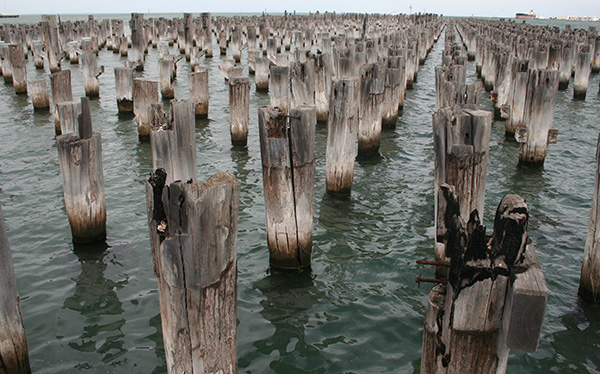My book Melbourne Circle: Walking, Memory and Loss, published by Australian Scholarly Publishing, was launched on Thursday 3 December 2020, via the Sun Bookshop in Yarraville.
You can buy the book here, here, and here – or check your local bookshop.
The cover art, by the Melbourne artist Jim Pavlidis, captures perfectly the sense of magic and mystery that exists in ordinary suburban streetscapes, and the way we carry our own histories with us as we walk.
The book is based on a series of walks my wife Lynne and I took in 2014-2016, which together formed a big circle around Melbourne. During our journey, which passed through some 50 suburbs, we encountered ghost signs, derelict buildings and lost places, and uncovered countless forgotten stories from the past. I wrote numerous posts about our walks, published on this blog.
In 2018, I experienced another kind of loss when Lynne died of cancer. Writing this book about our walks became a way not just of exploring the history of Melbourne but of coping with my grief by telling our story. The book is a personal memoir as much as it is travelogue or social history. In addition to some sections which originated as blog posts, expanded and substantially rewritten, the book reflects on how our lives unfolded in the Melbourne suburbs, and how we built meanings together through our relationships with these places.
The text is illustrated with many photographs of ghost signs and other suburban wonders, as well as hand drawn maps of our walks.

As the title suggests, the themes are loss, memory, connection to place, and regeneration. The implicit argument of the book is that connection with place is a key to the meanings of our lives.
Melbourne Circle: Walking, Memory and Loss has been published by Arcadia, an imprint of Australian Scholarly Publishing.










